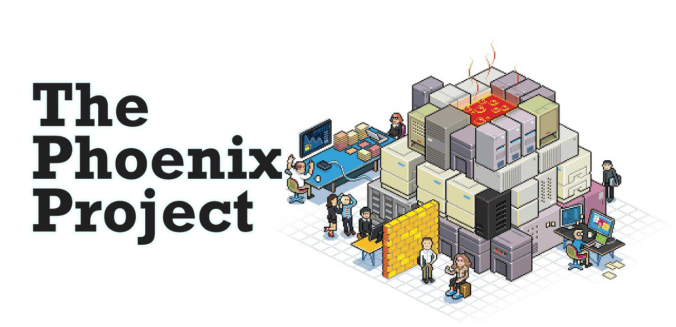⚙️ Introduction
AI isn’t coming to the enterprise — it’s already here. But too often, it’s duct-taped to the edges of legacy systems, used tactically instead of strategically. <!–more–> For Enterprise Architects, the challenge is clear: how do we treat AI as a core capability, not an isolated tool?
This post outlines how to frame AI as an architectural concern, and where it fits in the modern EA blueprint.
🧩 Why AI Belongs in the EA Stack
Traditionally, EA has revolved around layers: business, application, data, and technology. But AI disrupts this model. It isn’t just a service or a tool — it’s a cross-cutting capability that touches:
- Business models (autonomous decision-making)
- Data pipelines (model training, real-time feedback loops)
- Infrastructure (GPU clusters, edge compute, model inferencing)
- Governance (ethics, explainability, regulatory frameworks)
As such, AI should be treated as a first-class concern in your EA metamodel — not tucked away under “advanced analytics.”
🛠️ How to Architect for AI
1. Add an AI Capability Layer
Introduce a dedicated layer or viewpoint in your architecture that explicitly represents:
- ML/AI platforms (e.g. AWS SageMaker, Azure ML)
- LLM orchestration tools
- Data/model lineage tracking
- Prompt engineering and knowledge retrieval pipelines
2. Treat Models as Assets
Architectural repositories need to version-control and govern ML models like source code. Use tools like MLflow or ModelDB, and design pipelines for:
- Training
- Validation
- Deployment
- Monitoring
3. Enable MLOps with EA Discipline
MLOps is chaotic without guardrails. EA can bring:
- Platform standardization
- Deployment governance
- Data privacy and compliance baked into the flow
4. Rethink Decisioning Systems
With AI in the loop, decision flows need to be re-modeled:
- When should AI recommend vs. act?
- What escalation paths exist when confidence is low?
- How does explainability factor in?
🔍 Case-in-Point: Prompt Pipelines
With the rise of LLMs, prompt engineering is becoming an architectural domain. You need to model:
- Where prompts are generated
- What context/data they include
- How outputs are filtered, validated, or logged
This introduces “PromptOps” as an architectural consideration.
🚧 Challenges & Watchpoints
- Shadow AI: Business units bypassing architecture to deploy AI tools — fast but fragile.
- Ethics-as-a-Service?: You’ll need architecture patterns for audit trails, fairness checks, and consent frameworks.
- Architect fatigue: Teams overloaded by the tooling sprawl. Your job is to curate, not just catalog.
💡 Final Thoughts
As AI reshapes how we build, operate, and govern technology, enterprise architecture must evolve. It’s not just about drawing the boxes — it’s about designing the brains that run them.
And the role of the architect?
Not just strategic… decisively intelligent.
👇 What’s Next?
Want the reference model I use for AI capability mapping? Drop me a message.
In the next post, I’ll explore PromptOps as an architectural pattern

